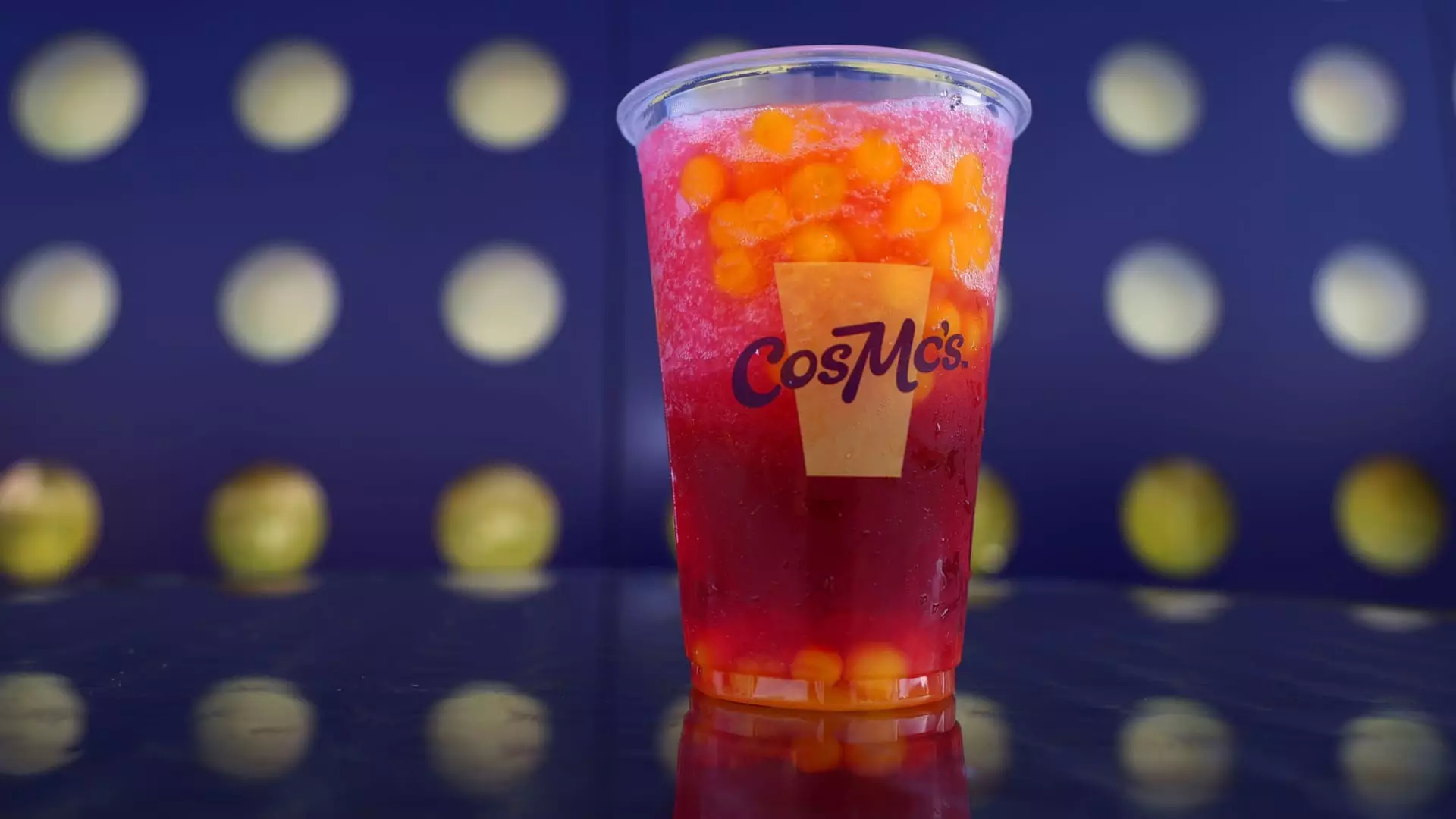The fast-food industry is undergoing a refreshingly novel shift—one that pivots away from traditional offerings and heads straight for thirst-quenching innovations. Chains like Chick-fil-A and Taco Bell aren’t simply adding drinks to their menus; they are completely reimagining what refreshing means for their consumers. Where once fried chicken and burgers dominated, the spotlight is now on colorful, Instagram-worthy beverages designed to appeal to a generation hungry for something new. This infusion of creativity is particularly aimed at Gen Z, a generation eager to explore bold flavors and unique concoctions, as evidenced by the recent introduction of exotic beverages like Pineapple Dragonfruit drinks and the immersive drink concepts at Taco Bell’s Live Mas Café.
This beverage-centric strategy is not incidental; it represents a calculated gamble aimed at boosting sales and margins. The market is rife with flickers of a beverage renaissance, where trendy bubble teas, dirty sodas, and taste blends are changing the landscape of casual dining. Fast-food restaurants are frantically competing to entice younger customers—who now prioritize unique flavor experiences over standard fare—with vibrant menu enhancements that promise to deliver not just satisfaction but also a sense of identity.
The Allure of Sugar and Caffeine
Fast-food chains are leveraging high-sugar and high-caffeine options to attract consumers who increasingly crave sweet indulgences. The phenomenon of “little treat culture,” as trendologist Claire Conaghan describes it, reflects a growing acceptance among young consumers of these sugary solutions. It is indeed ironic; although young people are generally more health-conscious, they possess a paradoxical appetite for sweet, colorful drinks that push dietary boundaries. This contradictory behavior raises questions about responsibility and consumer education.
Is this trend merely capitalizing on youthful exuberance, or is it something deeper? In many cases, restaurants are glossing over the health implications of their beverage offerings while riding the sugar wave to financial success. This ambiguity leaves a trace of concern surrounding responsibility—should restaurants take the helm in educating consumers about the elements that compose their drinks?
Dare to Experiment
While historical fast-food giants have taken baby steps towards innovation, the industry now finds itself on the brink of bold experimentation, as operators realize that tolerating mediocrity can have disastrous consequences. For example, Wendy’s leap into creative lemonades, featuring daring flavors like blueberry pomegranate, highlights how the industry is moving towards distinctive products that resonate with adventurous snackers. Similarly, McDonald’s spinoff, CosMc’s, which includes quirky options like fruity popping boba, indicates a seismic shift toward unique experiences designed to capture the hearts—and wallets—of a savvy young clientele.
This trend toward experimentation also echoes across the more daring choices emerging from other brands, which are deliberately crafting beverages that resonate with generational preferences. Marginalized flavors—previously thought to be too “niche”—are being deemed worthy of inclusion in mainstream menus. Herbal cocktails featuring yuzu or horchata-infused coffee expand the parameters of taste and experience, challenging traditional notions of what beverages can be served alongside fast food.
Merit in Margin Expansion
Another compelling reason for this beverage evolution lies in profitability metrics. Drinks typically boast higher margins than food items; hence, it is not surprising that chains are attempting to nudge consumers toward beverages. At Wendy’s, the revelation that 30% of customers do not order drinks with their meals signals a substantial opportunity for growth. The industry knows that adding a refreshing icy item to a meal not only boosts the bottom line but also elevates the overall dining experience.
This has led to drinks becoming the new stars of fast-food menus. Companies are capitalizing on this fact with clever marketing strategies that focus not solely on beverages as accessories but as integral components of the dining experience. In this context, the success of beverage innovation may just be the ticket for fast-food chains to secure further market dominance.
Vision for the Future
Crucially, the beverage revolution is being underscored by strategic visions for future growth. Taco Bell’s ambition to build a $5 billion beverage business by 2030 is ambitious yet realistic, illustrating a forward-thinking strategy that recognizes the power of drink-focused marketing. Coupled with the rapid expansion across the U.S., the burgeoning popularity of concepts like the Live Mas Café serves as a stepping stone toward redefining how consumers engage with fast-food offerings.
As beverage preferences continue to evolve, fast food chains have a golden opportunity to shape the beverage narrative. They can look beyond mere consumption to create communities surrounding unique drink experiences, cultivating loyalty and engagement among Gen Z consumers. By relying heavily on experimentation and exploring diverse flavor profiles, these chains stand to reap more than just immediate profit—they could be engineering the future of fast food itself. The culinary landscape is quickly becoming a playground where innovation knows no bounds, and we, as consumers, are here to sip it all in.

